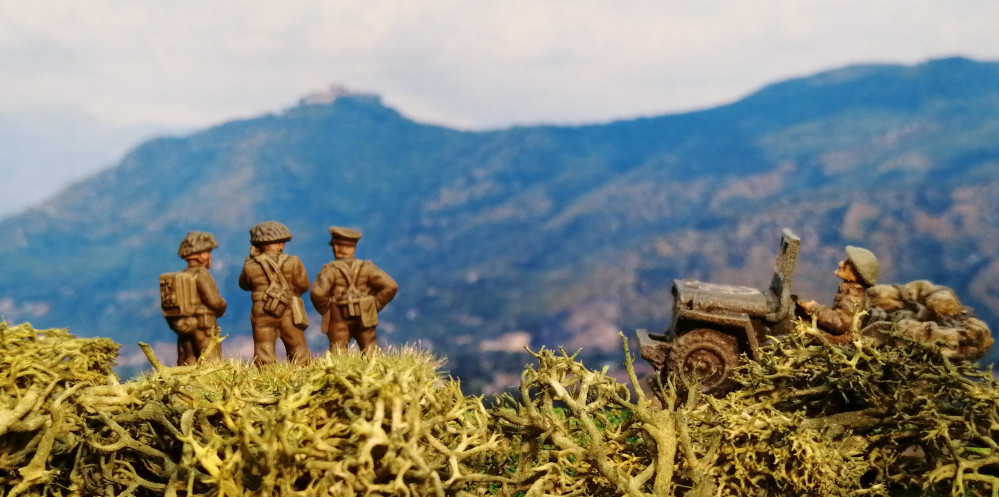
75th Anniversary of the Battle of Monte Cassino and Northern Italy (Gaming The Battles)
Rome Falls
With the German 10th Army now mounting a fighting withdrawal from Cassino, the next line of defence was the Caesar C line. This defensive line extended from the west coast near Ostia, over the Alban Hills south of Rome to Avezzano and then to Pescara on the Adriatic coast. It was manned by the German 14th Army who were in position to delay the Allied advance and allow the German 10th Army to retreat up Route 6 in the Liri Valley and take up positions either alongside the 14th Army or further North.
With the fall of Monte Cassino, Operation Diadem could now move into phase two, the break out from Anzio. The US VI Corps had now been embattled at Anzio for nearly 3 months with neither the support nor the man power to breakout. With Cassino taken, German reserves were already committed and at stretching point. This was the opportunity to finally link up with the rest of the US 5th Army and continue the advance up the Italian Peninsula.
Operation Buffalo started on the morning of 23rd May and like the Cassino offensive, started with an enormous artillery barrage targeting the defences around Cisterna. The assault was launched across the entire Anzio line and spearheaded by the US 1st Armoured Division (Old Ironsides) and US 3rd Infantry Division.
The initial assault was met with heavy resistance and a formidable set of defences. The minefields began to take their toll on the advancing troops however by mid afternoon, Route 7 to the South of Cisterna had been taken and this allowed the 1st Armoured to rapidly advance upon and take the rail line and punch through the German defenses. During this offensive, the defending German 362nd InfantrieDivision had lost nearly 50% of its fighting capability and the 715th had suffered almost as badly.
The German situation at Cisterna was increasingly looking worse. The newly refitted Herman Goring Fallschirmpanzerdivision, which was about to depart for France, was diverted South in an attempt to reinforce the defenders. Attacks by British 1st and 5th Divisions pinned German units further North on the Anzio line leaving Cisterna increasingly isolated. General von Mackensen requested to withdraw from Cisterna but this request was denied.
The following day 1st Armoured Division looped around to the North of Cisterna and took Route 7. US 3rd Infantry looped around Cisterna from the other direction and encircled the town. The German defenders surrendered later in the day with over 1,000 pows taken by the US forces.
By 26th May, US forces had continued to advance North and encountered the Caesar line. German defences had reorganised and the first elements of the HG Fallschirmpanzerdivision were beginning to arrive into the defensive line and were able to hold up the advancing VI Corps. Once again, the 1st Armoured Division led the assault and, despite counter attacks from the HG Panzerdivision, were able to breach the Caeser line on 30th May.
With the defensive line now breached, General Alexander, commander of the Allied forces in Italy, ordered General Clark to advance his VI Corps Eastward to cut of Route 6 and trap a large portion of the retreating German 10th Army between the VI Corps and the advancing British 8th Army. Such a move would almost certainly have resulted in the removal of much of the German 10th Army and greatly reduced the defensive fighting power of German in Italy.
In one of the most debated moves of the Italian campaign, General Clark disobeyed the order and turned his VI Corps North West toward Rome and continued to advance up Route 6. The advance was led by the First Special Service Force who quickly captured the bridges required for the armour to advance into Rome. Rome itself was captured by the Allies on 4th June, to much celebration among the locals in the city.
However, Rome itself had been declared a Free City, indicating that there would be minimal occupying forces and that taking the city would require minimal force. Indeed, barely a shot was fired as the US forces entered Rome itself. Response to the capture of Rome from the Allies was markedly different. Across the Atlantic, in the US Clark was hailed as hero and a liberator. In Europe, he was portrayed as insubordinate and vainglorious.
Speculation is still rife today as to why Clark went for Rome and not follow the orders of Alexander. Was Clark in possession of information the forced him into this tactical move? There are intercepts received at the time indicating the movements of the HG Fallschirmpanzerdivision and a move toward Rome would have cut off their ability to plug holes in the defensive line. Or was Clark interested in claiming the glory of capturing Rome? Either way, the capture of Rome and indeed the entire Italian campaign became a backstory as two days after Clark arrived in Rome, Allied boots hit the shores of Normandy and the entire focus of the war in Western Europe shifted.
And so, even 75 years on from the fall of Rome, the entire Italian campaign passes most people by. I’ll continue with this project and explore the battles in the Gothic line and Northern Italy but for now, the lime light should pass to Normandy and Northern France. It would however be nice if Battlefront brought forward the 4th Edition books for the Italian campaign!









































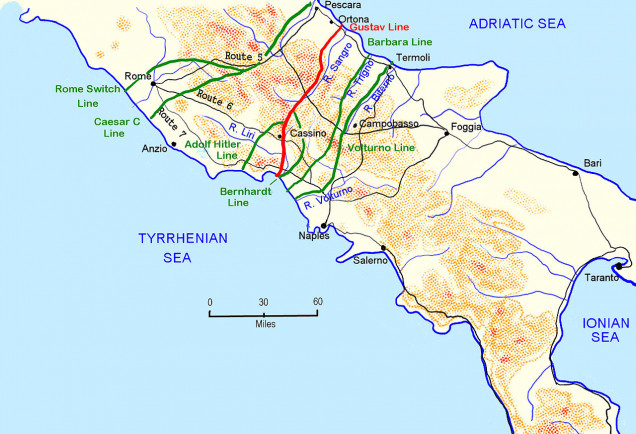

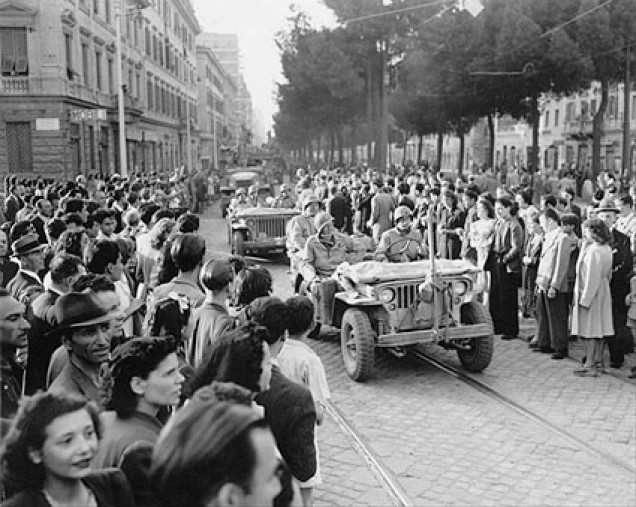
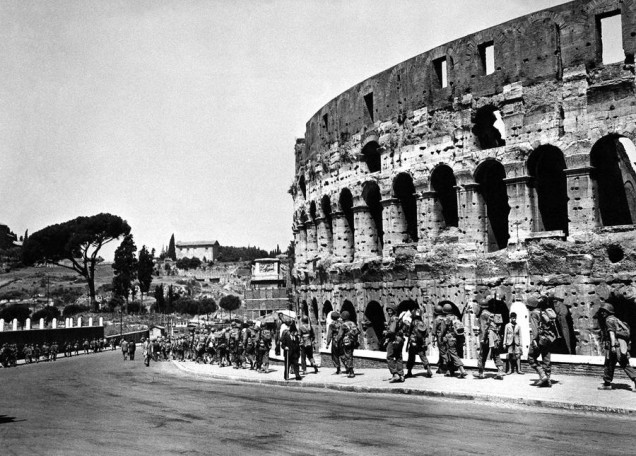
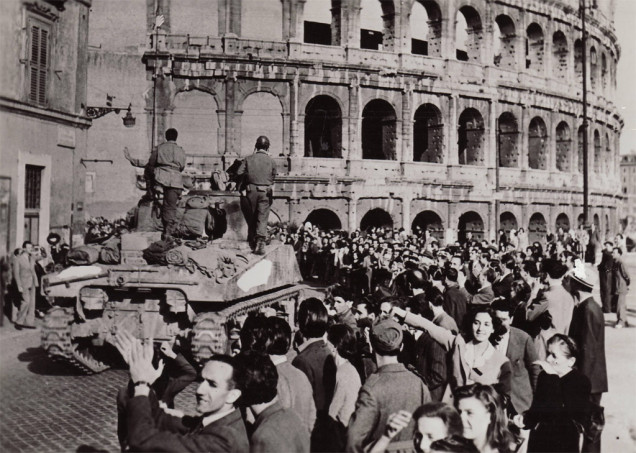

































Leave a Reply